South Circuit - Classic Tour Route: Route 7, Anja, Isalo Mountains, Desert Dunes, and Baobabs
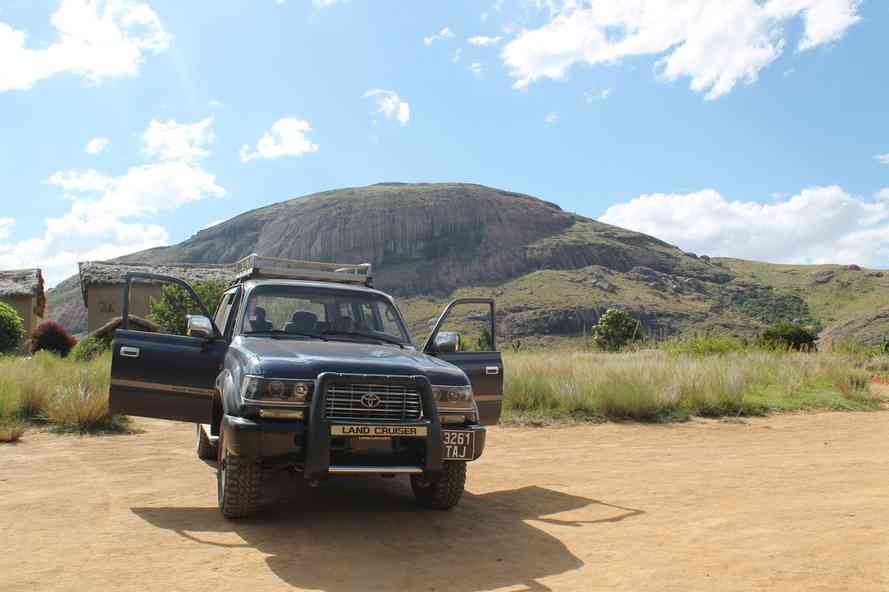
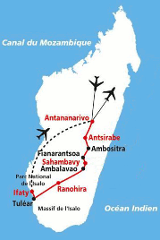
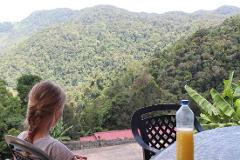
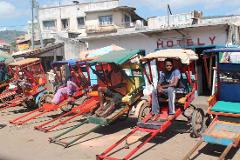
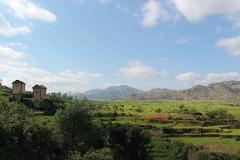
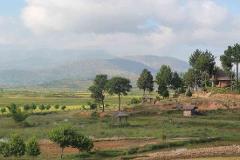
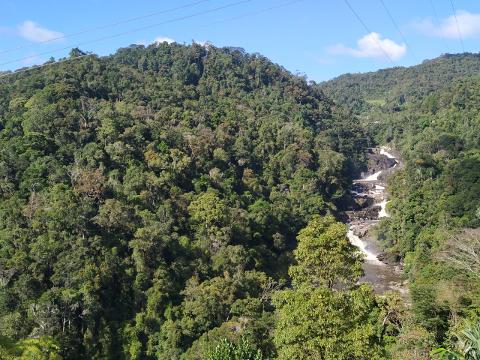
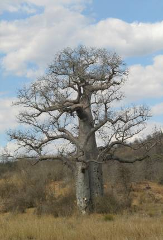
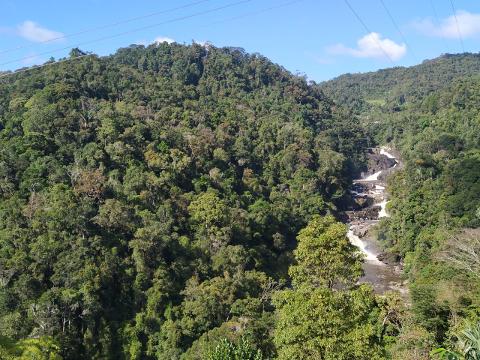
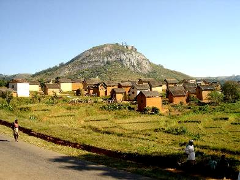
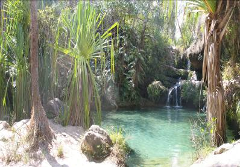
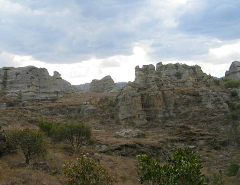
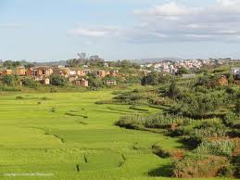
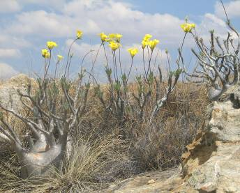

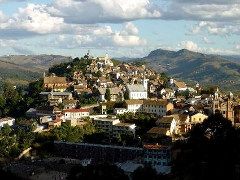
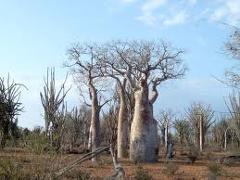
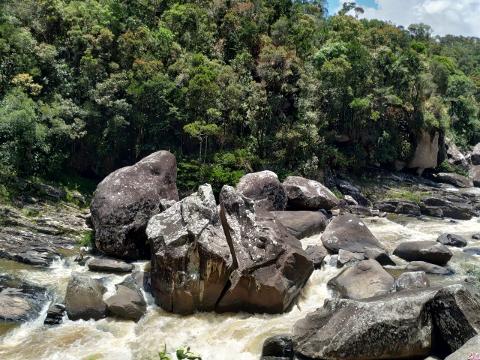
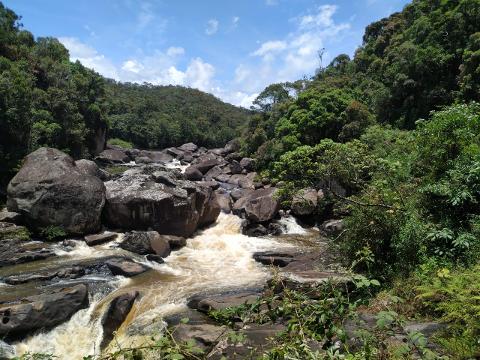
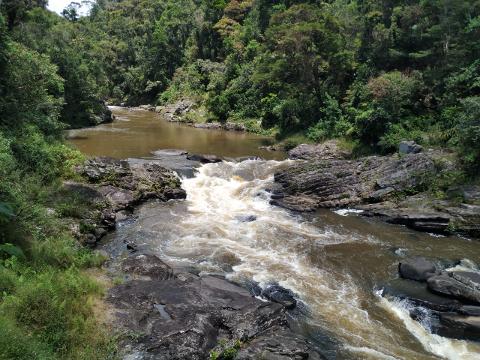

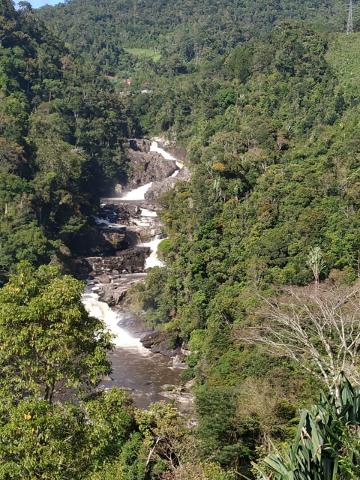

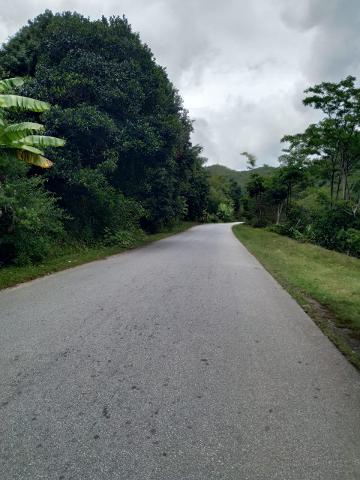
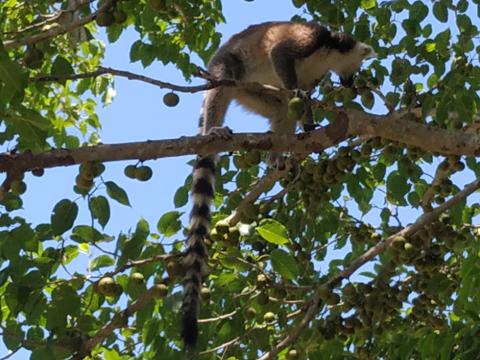

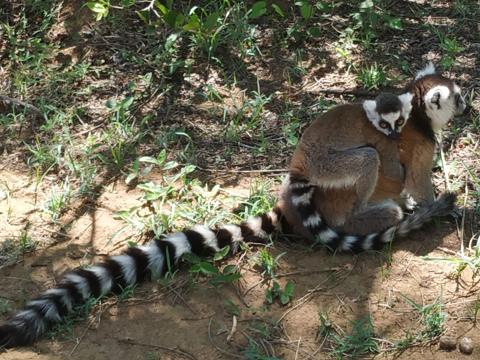
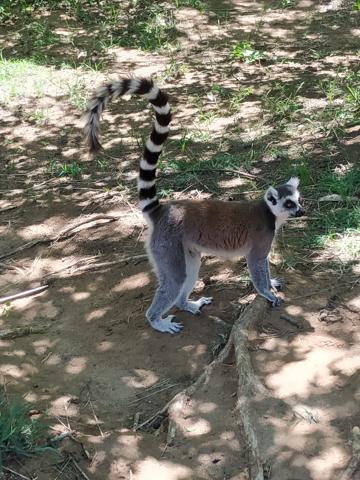

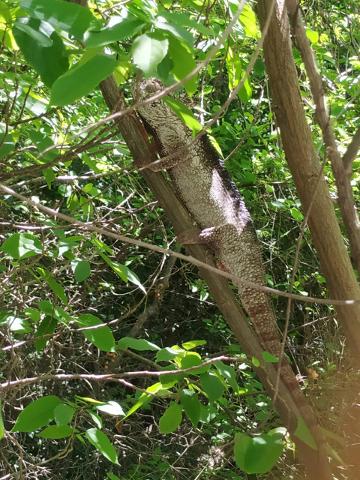
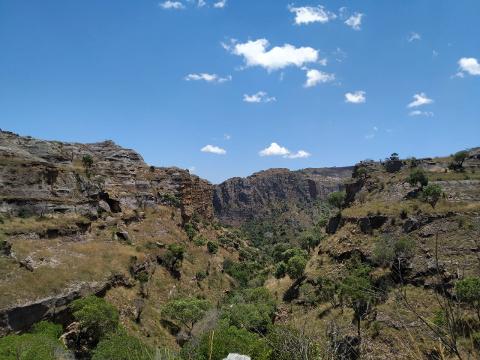

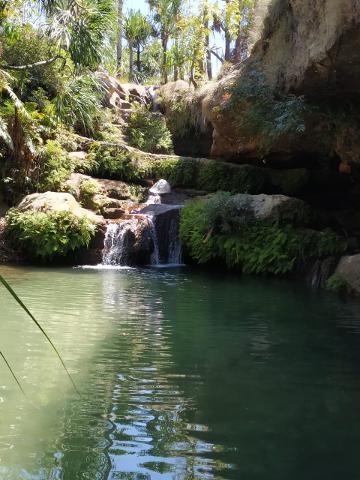
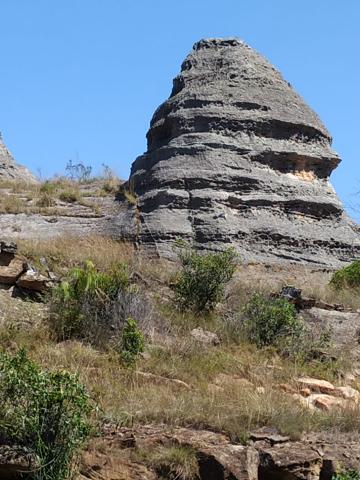
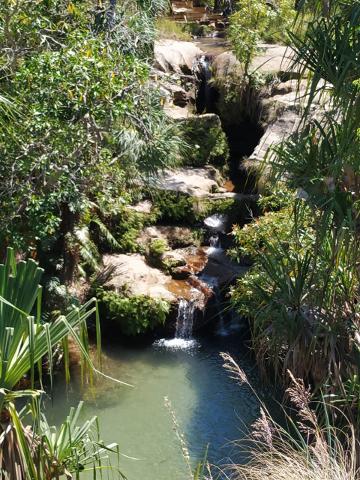
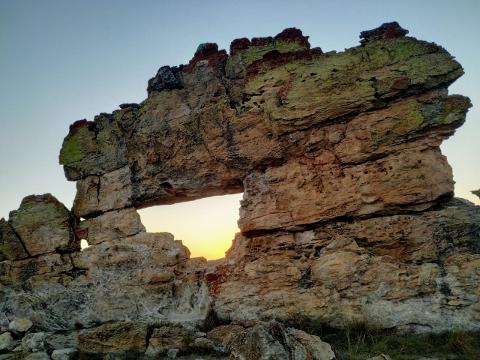
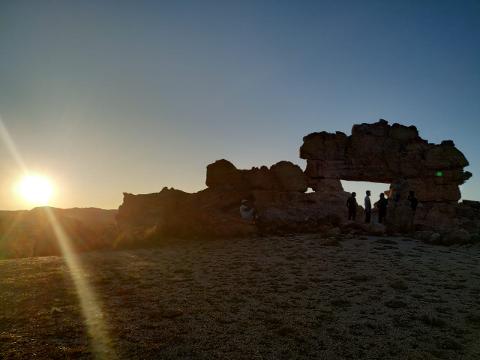

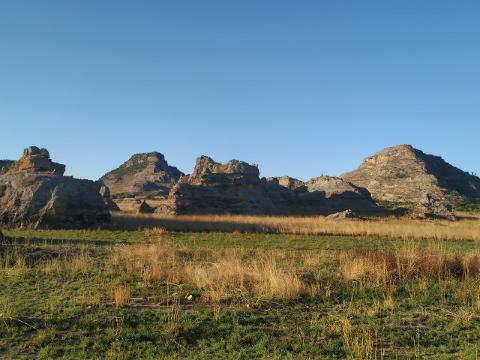
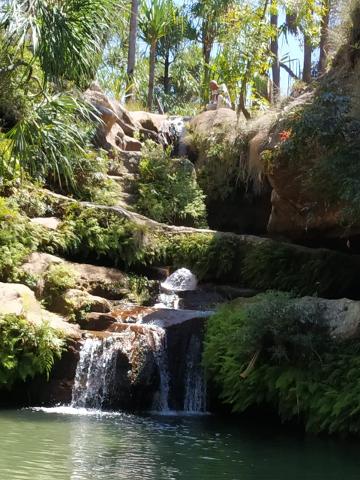
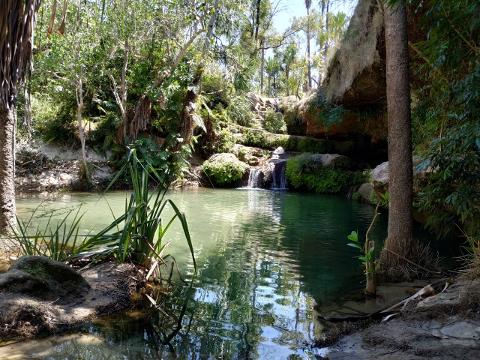
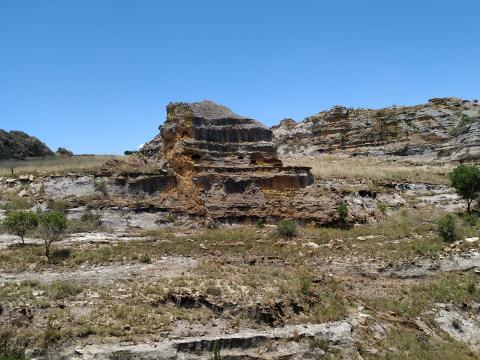
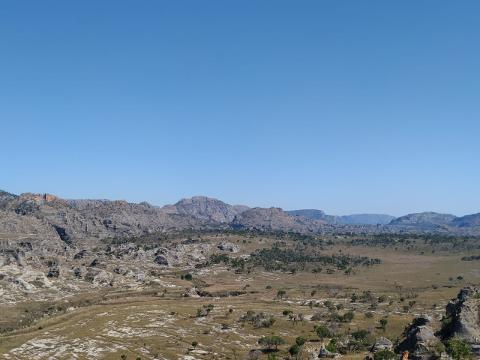

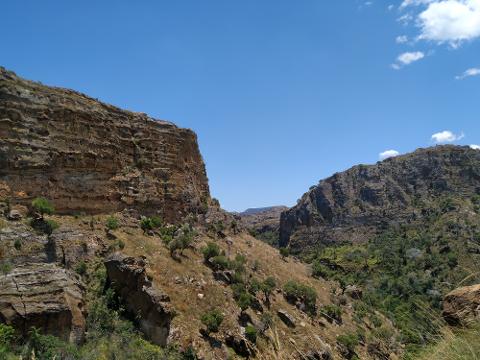
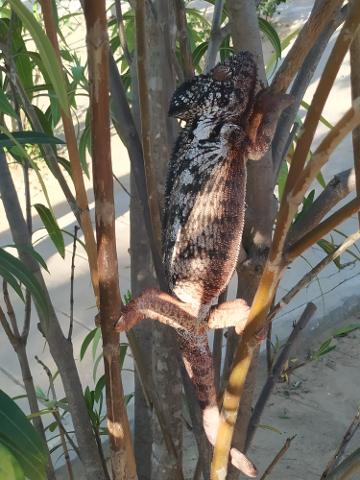
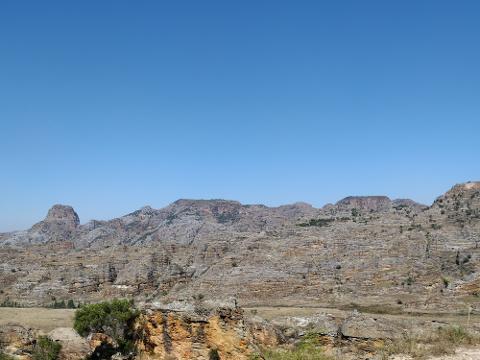
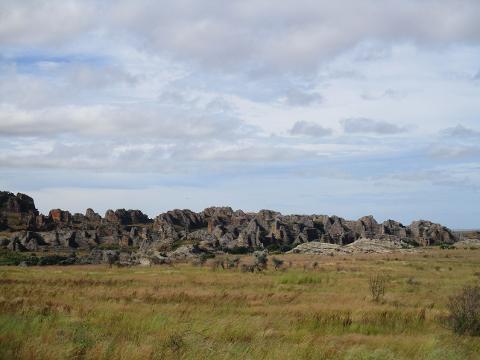
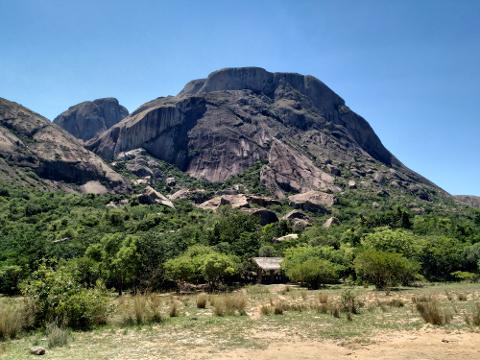
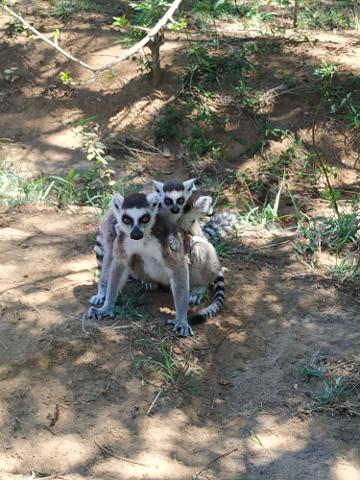
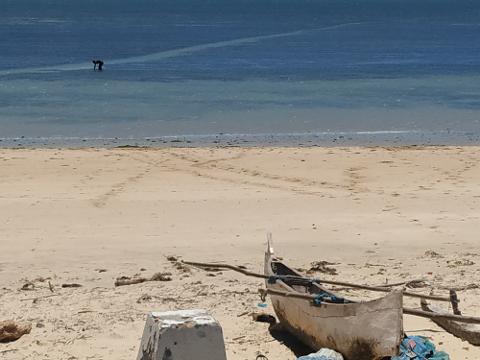
Fra USD
0,00 $
- Varighed: 13 Dage (Ca.)
- Produkt kode: mtt-2-en
Day 1: Antananarivo (Tana) Flight
Arrival from your International flight at the airport of Ivato. Customs formalities, then meet our staff. Drive to the city center for about 30 minutes to your hotel. Accommodation in a local bed and breakfast.
Day 2: Antananarivo (Tana)
Breakfast at the hotel. Meet with your driver‐guide then hit the road to the north part of the capital to Ambohimanga or Blue hill, where the old summer palace of the last monarch is settled.
This one-of-a-kind cultural heritage site is considered to be the spot of unification of the Imerina kingdom. At the capture of Antananarivo in 1794, the famous 12 sacred hills of the Imerina country became unified and directed by one and only king: Andrianampoinimerina. Originally born in Ambohimanga, he decided to establish his summer palace in the city, and at death, he was buried there. The ex-royal city was considered as sacred and forbidden to any foreigner. This situation changed in 1897, when Gallieni decided to transfer all the powers to Antananarivo.
Lunch in a restaurant on the overlook spot. Return to Antananarivo in the afternoon. Visit the Old city, situated on the highest hill of the capital city. Visit the Queen's Palace. Return to the hotel at the end of the afternoon.
Day 3: Tana - Antsirabe
169 KMS / 3H30 on ASPHALT
Breakfast at the hotel. Pick up and departure South along the famous National Route 7. Fist stop where you spend the night is the valley town of Antsirabe. Stops en route in small towns and highlands villages like Ambatolampy, the third highest point of the island which up in the great Ankaratra hills. Have lunch then continue on to Antsirabe in the afternoon. Short sightseeing tour by car or by rickshaw. Transfer to your hotel.
Day 4: Antsirabe
Day fully dedicated to visiting Antsirabe or the "Vichy Malagasy." This modest-sized, scenic cultural town is known for its thermal springs. The city economically burst at the arrival of the Norwegian missionaries, who developed pastures thanks to the fresh air, altitude, and climate. The French developed a thermal complex along the Ranomafana lake, where the buildings still remain. Meet with your local guide and transfer by car to the trailhead for trekking through the countryside of Antsirabe. Walk high through rice fields, encounter peasants and their daily work and life. Lunch. Drive to Tritriva and Andraikiba crater lakes to hear the fascinating history about them. Back to the hotel.
Day 5: Antsirabe-Ranomafana
230 KMS 4H30 ASPHALT
Breakfast at the hotel. Drive to Ranomafana Rainforest, situated in the south‐eastern highlands. Stop in Ambositra, noted primarily for the master woodcarvers and furniture manufacturing. The Zafimaniry Capital is a veritable work of art, with shutters and walls carved in geometric designs. Lunch on the way.
Arrival in Ranomafana, your rainforest expedition and a veritable and unparalleled open-air museum of Madagascar's diversity and endemic unique splendor. Wildlife is everywhere, and shelter for various wildlife and endemic plants in Ramanofana's immense emerald, misty tree canopy, stretching over miles like a green ocean. Make a night walk along the National Park to meet some nocturnal species of fauna such as the Microcebus, or Lemur Mouse the tiniest primate, but also the biggest carnivore in Madagascar - The Fosa or Cryptoprocta Ferox. These are just a few of the famous inhabitants among thousands of unique animals birds and plants that call Ramanofana rainforest home.
Possibility of other visits depending on the timing: the park museum and education center are also a free option, and if open, the thermal pool (hot springs.)
Day 6: Ranomafana- Ambalavao
Breakfast at the hotel. Transfer by car from the hotel to the National Park entrance. Discover more of Ranomafana national park, characterized by its unmistakably spectacular rain forest, lying at an altitude of 800 to 1200 meters. It was created in 1990; thanks to the discovery in 1986 of the “golden bamboo lemur” (his scientific name is Hapalemur Aureus). This particular and amazing species of lemur has strange eating habits and can’t be seen anywhere else. Apart from this, you hunt through the woods in search of other species such as the RRed‐fronted brown lemur, Red‐bellied lemur, and the shy Grey bamboo lemur.
Ranomafana appears on all Madagascar birding itineraries, and with good reason: many of the "rainforest- dwelling endemics" occur in the park. Frequently-seen specials include the nationally rare Brown mesite, the lovely Blue coua, Grey‐crowned tetraka, the peculiar Velvet asity, and the diminutive Common Sunbird-asity. Ranomafana is a holy grail of herpetology as well, with a variety of chameleons, geckoes, skinks, snakes, and frogs being spotted frequenting the humid rainforest.
The floral diversity is bewildering, with numerous species of palm, bamboo, and orchid thriving in the sea of green. Note that trails are steep and when it rains, they can also be muddy. After lunch drive to Ambalavao by passing through Fianarantsoa the capital of the Betsileo tribe. You will visit the old city of "Fianar" (classified by UNESCO). Keep on driving to reach the small town of Ambalavao, our staff's favorite, and also renowned as the town of wine lands. You can find there the biggest open market of Zebu (the Malagasy species of cattle) every Wednesday. Transfer straight to your hotel at your arrival.
Day 7: Ambalavao-Ranohira
Breakfast at the hotel. Start the day with a walk in the private park of Anja, which is owned by the villagers and benefits the local community while saving countless (cute) ringtail lemurs, that are extremely friendly and known to even hang out with the guests! You can find there and approach easily the famous "Maki" or Lemur Catta, the emblem of this region but also of the country. This maki is characterized by its ringed tail and appearance in lots of cartoon movies. After the visit, drive to Ranohira. Lunch on the way. Leave behind the highlands once we get over the “Porte du Sud” (Gate of the South), a rock structure crossing the Plateau of Horombe. Arrival late in the afternoon.
Day 8: Ranohira (Isalo)
You will have a full day to visit the National Park of Isalo, the coolest geology of the island. Ruins form rocks wildly carved by the wind and the rain give Isalo strange, ghostly shapes as if from another planet. Choose on the spot which way to drive (It is all a great direction!) by following your local guide's advice and your sense of discovery! A lot of tours are proposed depending on your physical capacity and curiosity on foot too, but today, Isalo is your playground. Picnic lunch inside the park. Return on foot to parking where the vehicle is waiting for you. Enjoy a beautiful sunset during an aperitif. Back to the hotel.
Day 9: Ranohira-Tuléar (Toliary) - Zombitse National Park
215 KMS 4H ASPHALT + Dirt Track
We’ll leave Ranohira and pass by the new village of Ilakaka which has experienced rapid demographic increase because of the existence of Sapphire mines and other mining exploration. On the route we will visit Zombitse National Park and also see baobabs and the funerary art of the southern ethnicities, represented in typical tombs (“fasambezo”) encircled by erotic funerary carvings, to express life and fertility of the deceased.
Take the sandy track to Sarodrano to see the mangroves and some marvelous coral rag scrub habitat with large and bloated Moringa trees. Drive back and transfer to your hotel.
Day 10: Toliary-Ifaty
35 KMS SANDY TRACK
Breakfast at the hotel. Leave the hotel and make a sightseeing city tour of Tulear, the capital of Vezo Tribe. Then, take the track to join Ifaty, a fishermen's village scattered with the famous Madagascar Baobabs standing proud like alien monoliths guarding the coastline. On the route, you will visit the Baobab forest where you can find different kinds of endemic plants especially those which are typical to the south region. Observe also several other types of Baobab: like the Reniala one. Transfer to your hotel. The remainder of the day at leisure.
We strongly advise our clients against the visit of the shells market. The shells and coral displayed are the result of a massive destruction of the coral reef around Tulear and Ifaty. By any show of interest, you shall encourage pillage. Please kindly stay away, for the good of our island.
After your installation at the hotel, Our Staff (driver-guide) shall leave you and start his way back to Tana the day after
Day 11: Ifaty
Day at leisure.
Possibilities of many activities to peruse and pay for at guest's discretion. Tulear has adventure sports and outdoor activities, watersports, lots of clubs and cafes, and more.
Day 12: Ifaty-Toliary-Antananarivo
Meet at your hotel then transfer by 4-wheel drive (4x4) to the airport of Tulear, depending on the flight schedules. Check‐in and flight to Tana.
Welcome by our staff, after which you will have a car at your disposal for the last visit of Tana and any shopping for buying souvenirs. Lunch in Tana or in Tulear.
Arrival from your International flight at the airport of Ivato. Customs formalities, then meet our staff. Drive to the city center for about 30 minutes to your hotel. Accommodation in a local bed and breakfast.
Day 2: Antananarivo (Tana)
Breakfast at the hotel. Meet with your driver‐guide then hit the road to the north part of the capital to Ambohimanga or Blue hill, where the old summer palace of the last monarch is settled.
This one-of-a-kind cultural heritage site is considered to be the spot of unification of the Imerina kingdom. At the capture of Antananarivo in 1794, the famous 12 sacred hills of the Imerina country became unified and directed by one and only king: Andrianampoinimerina. Originally born in Ambohimanga, he decided to establish his summer palace in the city, and at death, he was buried there. The ex-royal city was considered as sacred and forbidden to any foreigner. This situation changed in 1897, when Gallieni decided to transfer all the powers to Antananarivo.
Lunch in a restaurant on the overlook spot. Return to Antananarivo in the afternoon. Visit the Old city, situated on the highest hill of the capital city. Visit the Queen's Palace. Return to the hotel at the end of the afternoon.
Day 3: Tana - Antsirabe
169 KMS / 3H30 on ASPHALT
Breakfast at the hotel. Pick up and departure South along the famous National Route 7. Fist stop where you spend the night is the valley town of Antsirabe. Stops en route in small towns and highlands villages like Ambatolampy, the third highest point of the island which up in the great Ankaratra hills. Have lunch then continue on to Antsirabe in the afternoon. Short sightseeing tour by car or by rickshaw. Transfer to your hotel.
Day 4: Antsirabe
Day fully dedicated to visiting Antsirabe or the "Vichy Malagasy." This modest-sized, scenic cultural town is known for its thermal springs. The city economically burst at the arrival of the Norwegian missionaries, who developed pastures thanks to the fresh air, altitude, and climate. The French developed a thermal complex along the Ranomafana lake, where the buildings still remain. Meet with your local guide and transfer by car to the trailhead for trekking through the countryside of Antsirabe. Walk high through rice fields, encounter peasants and their daily work and life. Lunch. Drive to Tritriva and Andraikiba crater lakes to hear the fascinating history about them. Back to the hotel.
Day 5: Antsirabe-Ranomafana
230 KMS 4H30 ASPHALT
Breakfast at the hotel. Drive to Ranomafana Rainforest, situated in the south‐eastern highlands. Stop in Ambositra, noted primarily for the master woodcarvers and furniture manufacturing. The Zafimaniry Capital is a veritable work of art, with shutters and walls carved in geometric designs. Lunch on the way.
Arrival in Ranomafana, your rainforest expedition and a veritable and unparalleled open-air museum of Madagascar's diversity and endemic unique splendor. Wildlife is everywhere, and shelter for various wildlife and endemic plants in Ramanofana's immense emerald, misty tree canopy, stretching over miles like a green ocean. Make a night walk along the National Park to meet some nocturnal species of fauna such as the Microcebus, or Lemur Mouse the tiniest primate, but also the biggest carnivore in Madagascar - The Fosa or Cryptoprocta Ferox. These are just a few of the famous inhabitants among thousands of unique animals birds and plants that call Ramanofana rainforest home.
Possibility of other visits depending on the timing: the park museum and education center are also a free option, and if open, the thermal pool (hot springs.)
Day 6: Ranomafana- Ambalavao
Breakfast at the hotel. Transfer by car from the hotel to the National Park entrance. Discover more of Ranomafana national park, characterized by its unmistakably spectacular rain forest, lying at an altitude of 800 to 1200 meters. It was created in 1990; thanks to the discovery in 1986 of the “golden bamboo lemur” (his scientific name is Hapalemur Aureus). This particular and amazing species of lemur has strange eating habits and can’t be seen anywhere else. Apart from this, you hunt through the woods in search of other species such as the RRed‐fronted brown lemur, Red‐bellied lemur, and the shy Grey bamboo lemur.
Ranomafana appears on all Madagascar birding itineraries, and with good reason: many of the "rainforest- dwelling endemics" occur in the park. Frequently-seen specials include the nationally rare Brown mesite, the lovely Blue coua, Grey‐crowned tetraka, the peculiar Velvet asity, and the diminutive Common Sunbird-asity. Ranomafana is a holy grail of herpetology as well, with a variety of chameleons, geckoes, skinks, snakes, and frogs being spotted frequenting the humid rainforest.
The floral diversity is bewildering, with numerous species of palm, bamboo, and orchid thriving in the sea of green. Note that trails are steep and when it rains, they can also be muddy. After lunch drive to Ambalavao by passing through Fianarantsoa the capital of the Betsileo tribe. You will visit the old city of "Fianar" (classified by UNESCO). Keep on driving to reach the small town of Ambalavao, our staff's favorite, and also renowned as the town of wine lands. You can find there the biggest open market of Zebu (the Malagasy species of cattle) every Wednesday. Transfer straight to your hotel at your arrival.
Day 7: Ambalavao-Ranohira
Breakfast at the hotel. Start the day with a walk in the private park of Anja, which is owned by the villagers and benefits the local community while saving countless (cute) ringtail lemurs, that are extremely friendly and known to even hang out with the guests! You can find there and approach easily the famous "Maki" or Lemur Catta, the emblem of this region but also of the country. This maki is characterized by its ringed tail and appearance in lots of cartoon movies. After the visit, drive to Ranohira. Lunch on the way. Leave behind the highlands once we get over the “Porte du Sud” (Gate of the South), a rock structure crossing the Plateau of Horombe. Arrival late in the afternoon.
Day 8: Ranohira (Isalo)
You will have a full day to visit the National Park of Isalo, the coolest geology of the island. Ruins form rocks wildly carved by the wind and the rain give Isalo strange, ghostly shapes as if from another planet. Choose on the spot which way to drive (It is all a great direction!) by following your local guide's advice and your sense of discovery! A lot of tours are proposed depending on your physical capacity and curiosity on foot too, but today, Isalo is your playground. Picnic lunch inside the park. Return on foot to parking where the vehicle is waiting for you. Enjoy a beautiful sunset during an aperitif. Back to the hotel.
Day 9: Ranohira-Tuléar (Toliary) - Zombitse National Park
215 KMS 4H ASPHALT + Dirt Track
We’ll leave Ranohira and pass by the new village of Ilakaka which has experienced rapid demographic increase because of the existence of Sapphire mines and other mining exploration. On the route we will visit Zombitse National Park and also see baobabs and the funerary art of the southern ethnicities, represented in typical tombs (“fasambezo”) encircled by erotic funerary carvings, to express life and fertility of the deceased.
Take the sandy track to Sarodrano to see the mangroves and some marvelous coral rag scrub habitat with large and bloated Moringa trees. Drive back and transfer to your hotel.
Day 10: Toliary-Ifaty
35 KMS SANDY TRACK
Breakfast at the hotel. Leave the hotel and make a sightseeing city tour of Tulear, the capital of Vezo Tribe. Then, take the track to join Ifaty, a fishermen's village scattered with the famous Madagascar Baobabs standing proud like alien monoliths guarding the coastline. On the route, you will visit the Baobab forest where you can find different kinds of endemic plants especially those which are typical to the south region. Observe also several other types of Baobab: like the Reniala one. Transfer to your hotel. The remainder of the day at leisure.
We strongly advise our clients against the visit of the shells market. The shells and coral displayed are the result of a massive destruction of the coral reef around Tulear and Ifaty. By any show of interest, you shall encourage pillage. Please kindly stay away, for the good of our island.
After your installation at the hotel, Our Staff (driver-guide) shall leave you and start his way back to Tana the day after
Day 11: Ifaty
Day at leisure.
Possibilities of many activities to peruse and pay for at guest's discretion. Tulear has adventure sports and outdoor activities, watersports, lots of clubs and cafes, and more.
Day 12: Ifaty-Toliary-Antananarivo
Meet at your hotel then transfer by 4-wheel drive (4x4) to the airport of Tulear, depending on the flight schedules. Check‐in and flight to Tana.
Welcome by our staff, after which you will have a car at your disposal for the last visit of Tana and any shopping for buying souvenirs. Lunch in Tana or in Tulear.
Day 13: Return to the airport in the evening or for flight departure time.
END OF SERVICES...OR CHOOSE AN EXTENDED STAY WITH US TO EXTEND YOUR ODYSSEY!
Included: Airport transfers in Antananarivo and Tulear (Toliara); 12-nights accommodation with breakfast in medium hotel according to the itinerary; tours and entrance fees according to the itinerary; guides in the national parks
Not Included: International or Domestic flights, lunch/dinner, visa cost (around 30 USD per person for 1 month), health insurance or travel insurance. Refreshments or snacks and things not on the above itinerary.